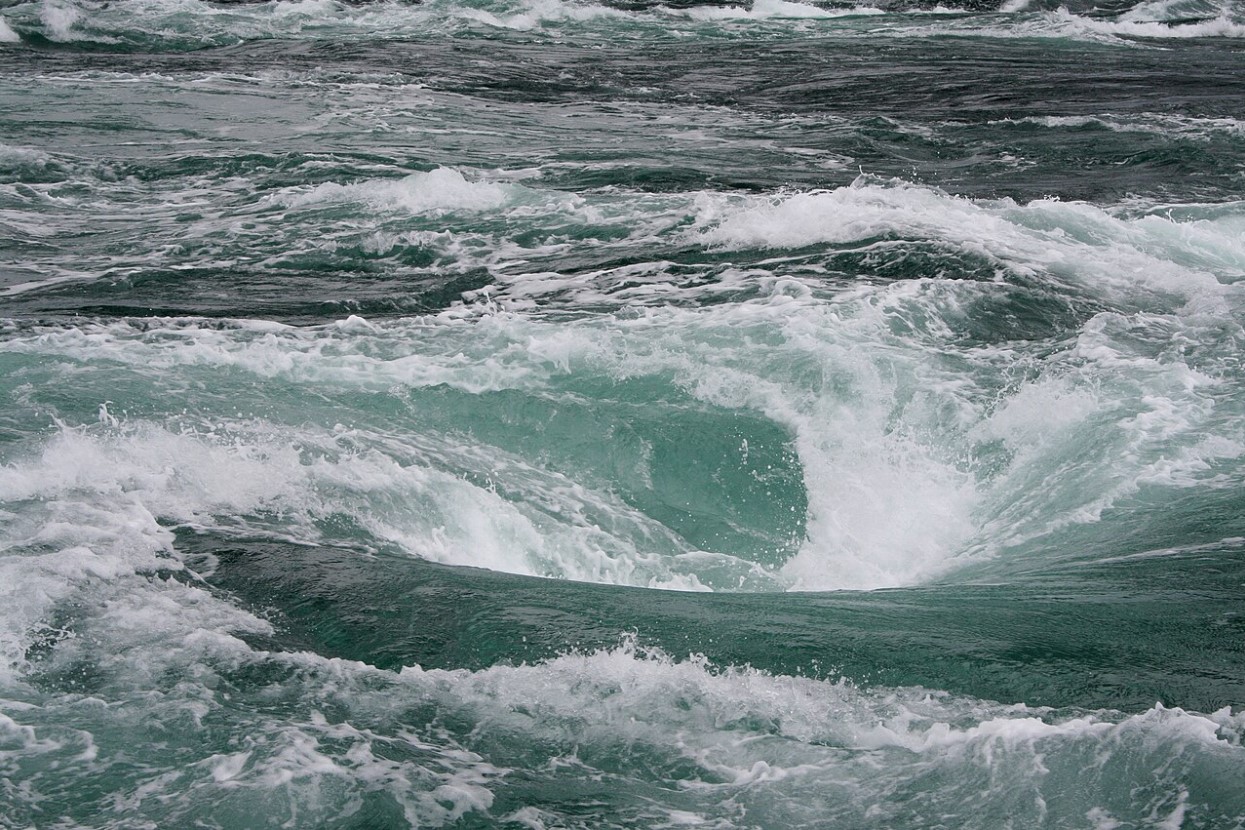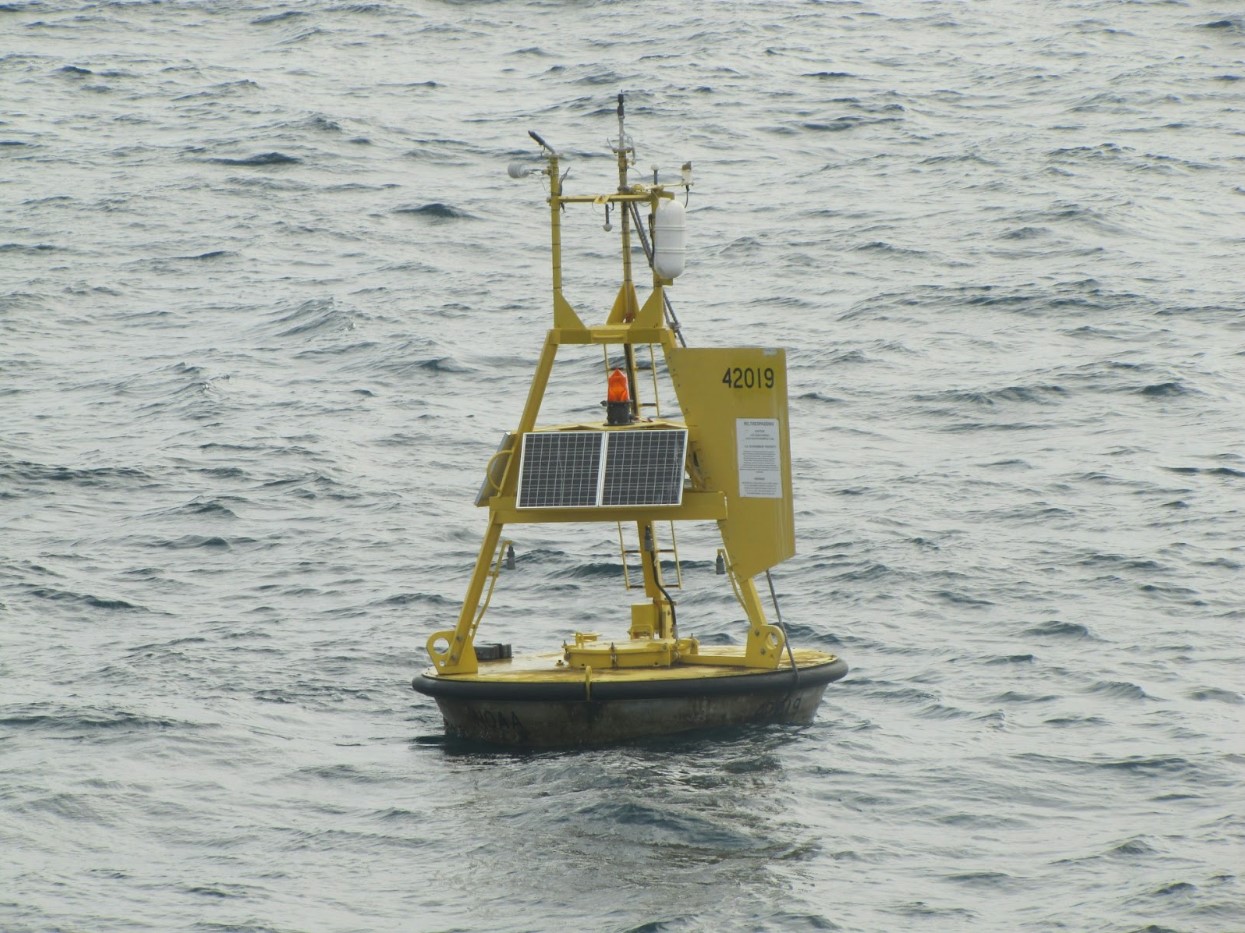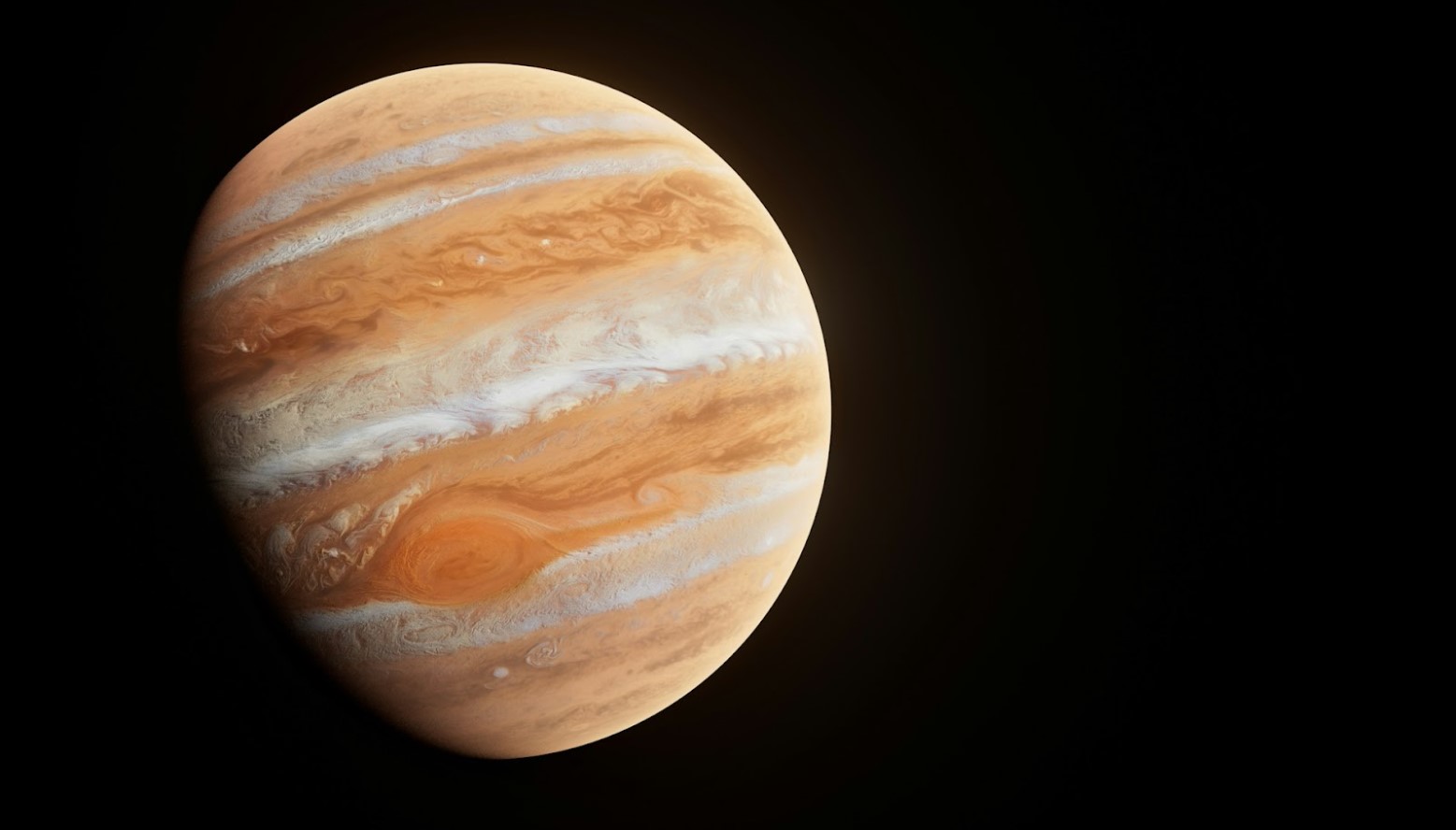Global warming may not be the sole factor in causing climate change. New studies have shown that there can be a new external factor: Mars.
The Red Planet is around 140 million miles (225 million kilometers) away from Earth. Astronauts need to journey for approximately 3 years to reach it. But despite the distance, this fourth inner planet in our solar system still influences Earth in a major way.
Mars Pulls Earth Closer to the Sun

Earth is warmer, scientists say, because Mars’ gravitational pull tugs our planet closer to the sun.
According to University of Sydney’s Professor of Geophysics, Dietmar Müller, one of the scientists publishing their findings in Nature Communications journal, “The gravity fields of the planets in the solar system interfere with each other and this interaction, called a resonance, changes planetary eccentricity, a measure of how close to circular their orbits are.”
Increased Solar Radiation Warms the Earth

Because of this resonance, solar radiation has increased on Earth. The study states this is a phenomenon separate from the global warming sparked by humans.
Instead, the resonance also affects the ocean’s circulation, which in turn is causing the solar radiation on Earth. The scientists studying Mars’ influence on Earth are investigating whether deep sea currents are also affected by this planetary tug of war.
A Cycle of 2.4 Million Years

In a cycle that occurs every 2.4 million years—called the “astronomical grand cycle”—deep sea currents move around, thanks to Mars and Earth’s interactions in orbiting the sun.
The scientists believe that once every 2.4 million years, Earth experiences periods of higher solar radiation and warm climates. These warmer cycles are connected to robust movements in the deep ocean. Even more astounding is the fact that this has been happening for 40 million years.
Giant Whirlpools Present Another Clue

The gravitational pull of Mars is undeniable, according to the study’s scientists, as the resonance also creates stronger currents in the form of eddies… except they are giant in size.
The giant whirlpools dig up the accumulated sediments on the ocean floor during the tide cycle’s periods of calm. And these deep eddies are significant to the temperature increase in the ocean.
Can Eddies Help Stave Off Ocean Stagnation?

A critical question that also arises from this finding is whether these eddies can help us when a crucial system of ocean currents called AMOC (Atlantic Meridional Overturning Current) collapses. A collapse that results in a stagnant ocean is highly concerning. But the scientists say, maybe it can help.
Müller cannot confirm anything of the direct relationship between the Mars-Earth resonance to AMOC and its effects. What he does say is that their study results in a suggestion that “more intense deep-ocean eddies in a warmer world may prevent such ocean stagnation.”
Ventilation for the Seas

Müller then highlights the eddies’ role in warm climates: providing ventilation for the oceans.
“We know there are at least two separate mechanisms that contribute to the vigor of deep water mixing in the oceans,” he says. Of those two, AMOC is one factor, and the other is deep ocean eddies. The latter, Müller says, “[keeps] the ocean ventilated.”
Backing It Up with Deep Sea Data

Meanwhile, his collaborator, lead author Adriana Dutkiewicz of the University of Sydney, seeks to reassure the skeptics with “deep sea data spanning 65 million years.”
The data, she says, “suggest that warmer oceans have more vigorous deep circulation. This will potentially keep the ocean from becoming stagnant even if Atlantic Meridional Overturning Circulation slows or stops altogether.”
The Power of Mars Gravity Is Not Enough?

Among the scientific community, however, not everyone is a believer. Matthew England of the University of New South Wales in Sydney, who is not part of the research team, is among the skeptics.
Although he embraces the work as a contribution to understanding climate change, his skepticism gives us something else to think about. It boils down to Mars’ gravitational pull. It’s, he says, “so weak, at only about one one-millionth of the sun. Even Jupiter has a stronger gravitational field for Earth.”
Humans Still to Blame for Climate Change

Another opinion of England that should give us pause for thought is, despite Mars’ influence, humans are still the driving force behind climate change.
“Greenhouse gas forcing is like a sledgehammer in comparison,” he points out, “so this has no bearing on present-day climate, where we are seeing melting ice sheets reduce the ocean overturning circulation.”
A Response to the Climate Challenge

No matter how the scientific community receives the complete study of Mars’ influence over Earth from the research team of the University of Sydney and Sorbonne University, one thing is for sure: it’s incredibly useful.
Any well-researched data to help us combat the issue of climate change should always be welcome. This study, by Dutkiewitcz, Müller, and Associate Professor Slah Boulila from Sorbonne University, will definitely help us tackle the challenge of understanding why it’s so hot on Earth right now.
